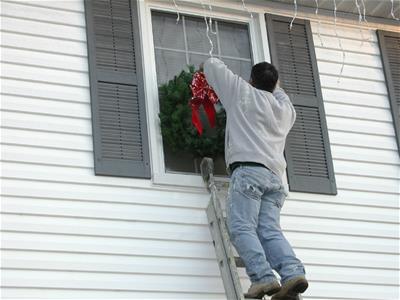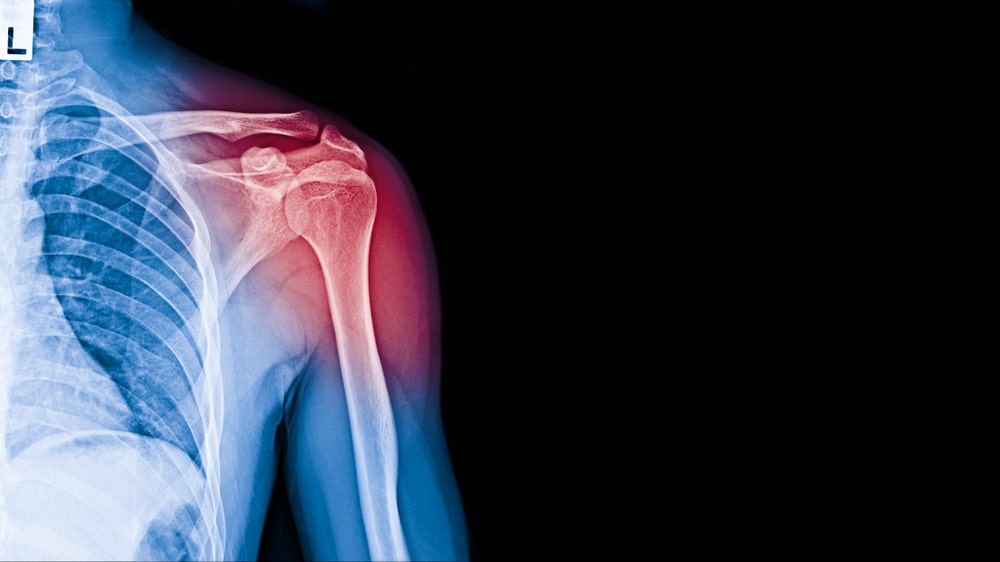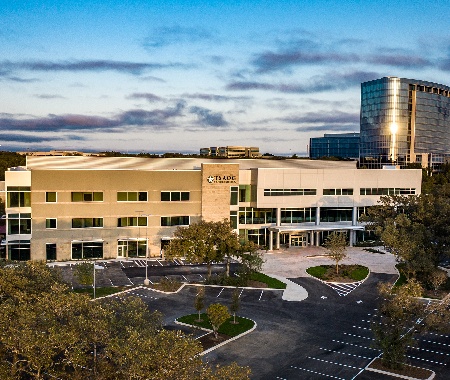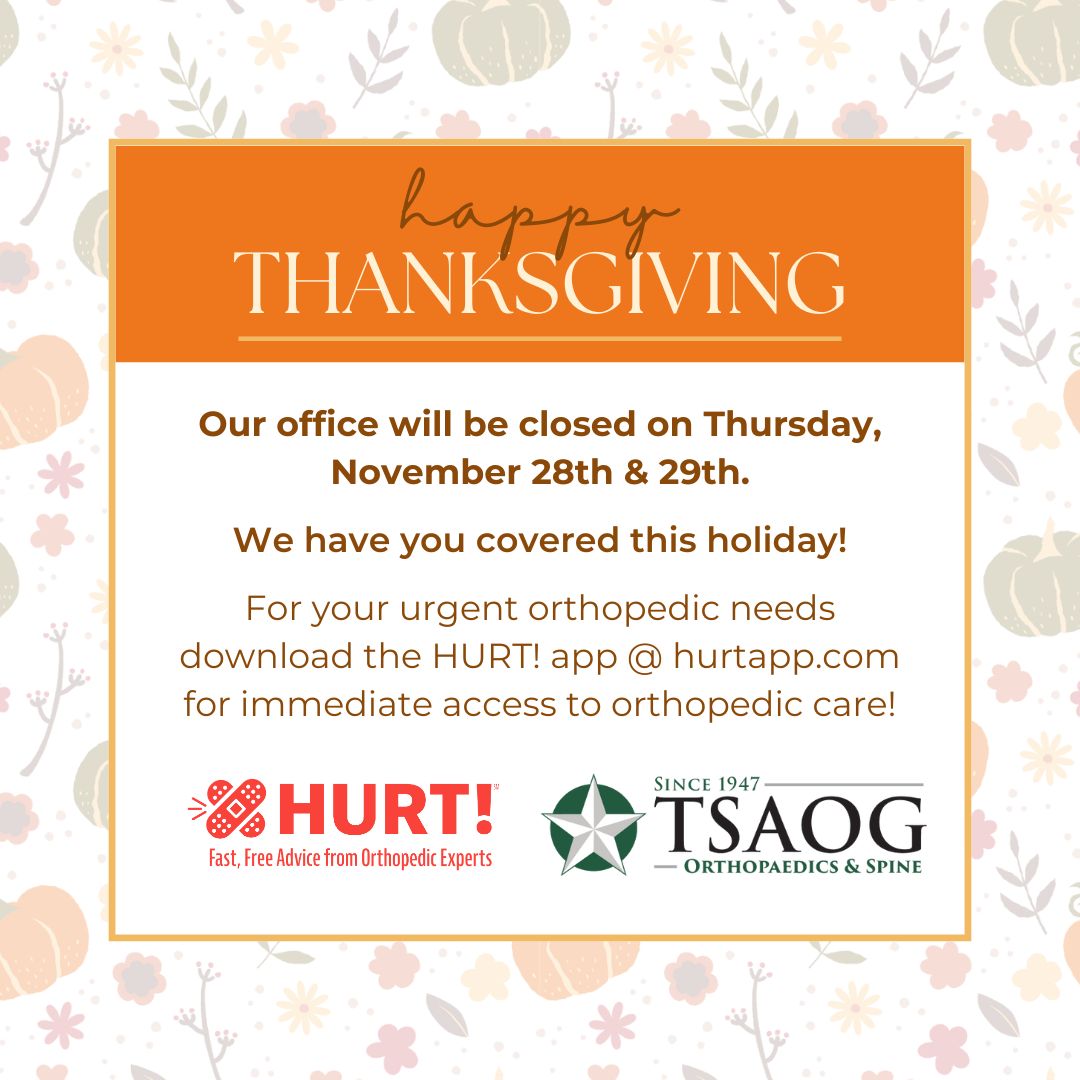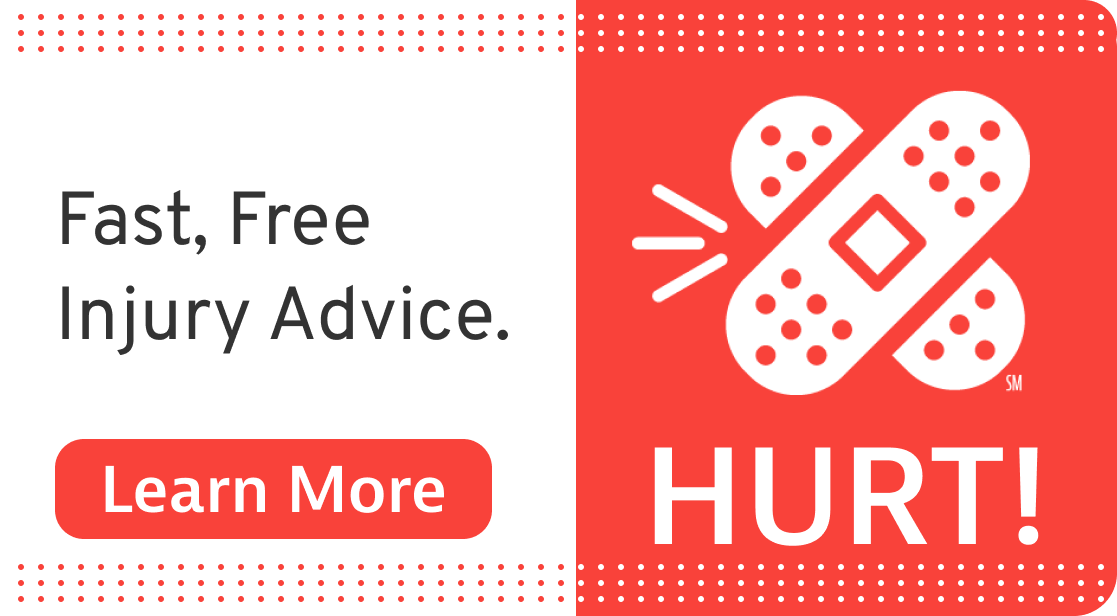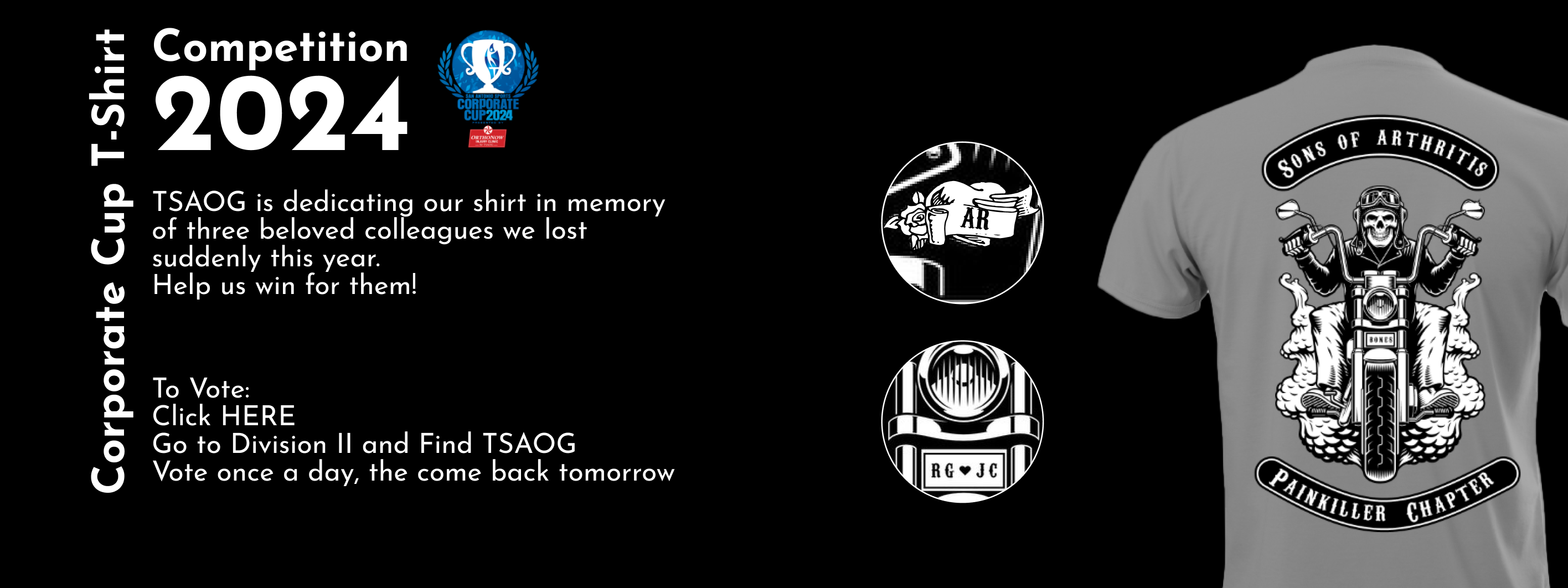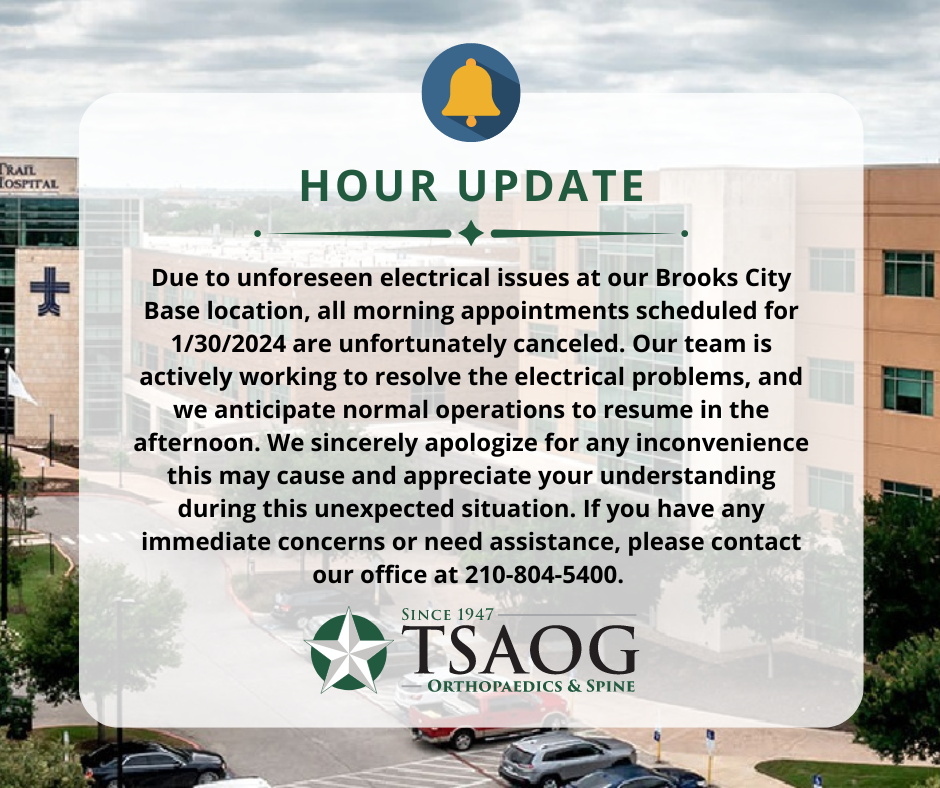The holidays are here and so are holiday injuries.
Every orthopaedic surgeon has heard too many tales of injuries occurring at this time of year.
I will never forget treating a gentleman who fell from a ladder while putting up holiday lights at his home. He sustained fractures of both wrists and a fracture of one elbow. All three fractures required surgical treatment.
Whether you are putting up lights or taking them down this holiday season, please consider these tips regarding ladder safety:
- Be aware of electrical hazards overhead.
- Always maintain three points of contact on the ladder – either two feet and one hand or two hands and one foot.
- Never try to move a ladder while a person or equipment is on the ladder.
- An extension ladder or straight ladder should extend three feet above the point of support.
- The proper angle for setting up a ladder is to place the base of the ladder one fourth of the working length of the ladder from the wall or other vertical surface.
- The ladder should be placed on a stable and level surface. Do not place the base of the ladder on any unstable base to obtain additional height.
Here’s wishing you a great – and safe – holiday season!
Dr. Ronald W. Connor is a board-certified orthopaedic surgeon with The San Antonio Orthopaedic Group. He treats all orthopaedic conditions, with the exception of the spine, for patients aged 14 years and up. He has a special interest in total knee replacement and shoulder and knee arthroscopy. To schedule an appointment with Dr. Connor, call 210.281.9595.
